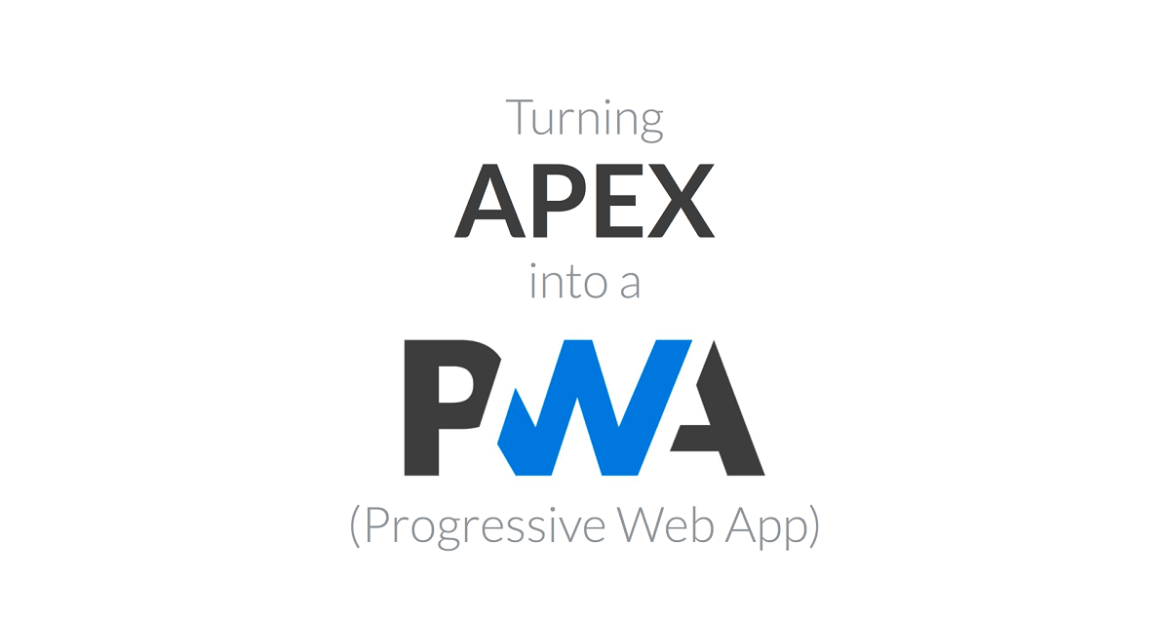A PWA (Progressive Web App) is essentially a website that can act very much as an app does on a mobile phone or tablet.
This is beyond simple responsive design, a technology that’s been almost universally adopted these past few years. Whereas responsive design adjusts the same information (desktop page) for viewing on all other sizes of pages, the progressive web app enables your website to provide a full app experience. This includes displaying an icon on your mobile device’s home screen and mimicking app look and behavior.
PWA represent a huge opportunity for website owners wanting to attract more mobile users. It enables their visitors to enjoy the comfort and speed of app-like experience, without ever having to bother with getting the app at an app store and downloading it.
Big Platform Support for PWA is here
Now is indeed the time. This year, large platforms have set the stage for widespread support. In March, without announcing it, Apple added technology to support PWA on iOS 11.3 onward (as of the time of this article, this support has continued into iOS 12.x). In May at their I/O 2018 event, Google announced that it was using PWA technology to “Build bridges to mobile, desktop and native”. For example, to help Google Search load faster. It is also using PWA for the Android version of Google maps (Google maps go) and in the new Gmail. As for Microsoft, its Windows 10 now also supports PWA.
All sorts of other large companies are already using PWA to enhance their services. Just to name a few: Twitter, Pintrest, Starbucks, Vimeo, NASA and Tinder (probably the only time those last two names will be used in the same sentence).
PWA Advantages
It just makes sense for developers to find out how they could benefit from working with this technology. Here are four good reasons
1. Installing Oracle APEX on your mobile device
Imagine the sheer joy of building an APEX application that installs on your smartphone. Of course, Mobile app building is nothing new for Oracle APEX. There are books about it, using technologies such as Apache Cordova or PhoneGap. But building a PWA has the advantage of being platform agnostic. You are also able to develop using only your APEX and JavaScript skills, there is no new technology to learn.
2. Offline usage
This is a significant UX advantage. Because PWA development allows you to control the cache and how to respond to resource requests, you can configure pre-caching to reduce the application’s dependence on the network and make for a much smoother user experience. This could represent huge benefits in developing countries with limited internet access. Building online business processes for Banking or Healthcare in remote areas would no longer depend on uninterrupted internet connection. To quote a recent visitor to the Insum LinkedIn account from Kenya: “PWA is a game changer”
3. Synchronization
This is nothing new for any social media app. For example, when you write a message and send it in a location without internet access the app automatically communicates with the server once the connection is reestablished. This can now applied to any website through PWA. Very exciting. It automates and enhances the flow of actions for the user.
4. Push Notification
This technology has long been known to increase user engagement. It increases app retention rate, conversion rates and generally gives a real-time feel to the user’s interaction with the brand. With PWA, you can send push notifications even when all browsers are closed.
Join Insum’s Free Webinar
Those are just some of the advantages of using Progressive Web Apps. If you’d like an in-depth technical introduction to this technology, I recommend you watch the video my Webinar “Turning APEX into a Progressive Web App (PWA)” right now!
I look forward to meeting you there!


Wonderful
Thanks Ibrahim
Hope you can attend the Webinar tomorrow!
Congratulations for the nice work Vincent! Waiting eagerly for the webinar record….
Keep blessing us wth your nice work!
Regards
Hi Anderson,
We’ve re-recorded and posted the webinar here
Enjoy!